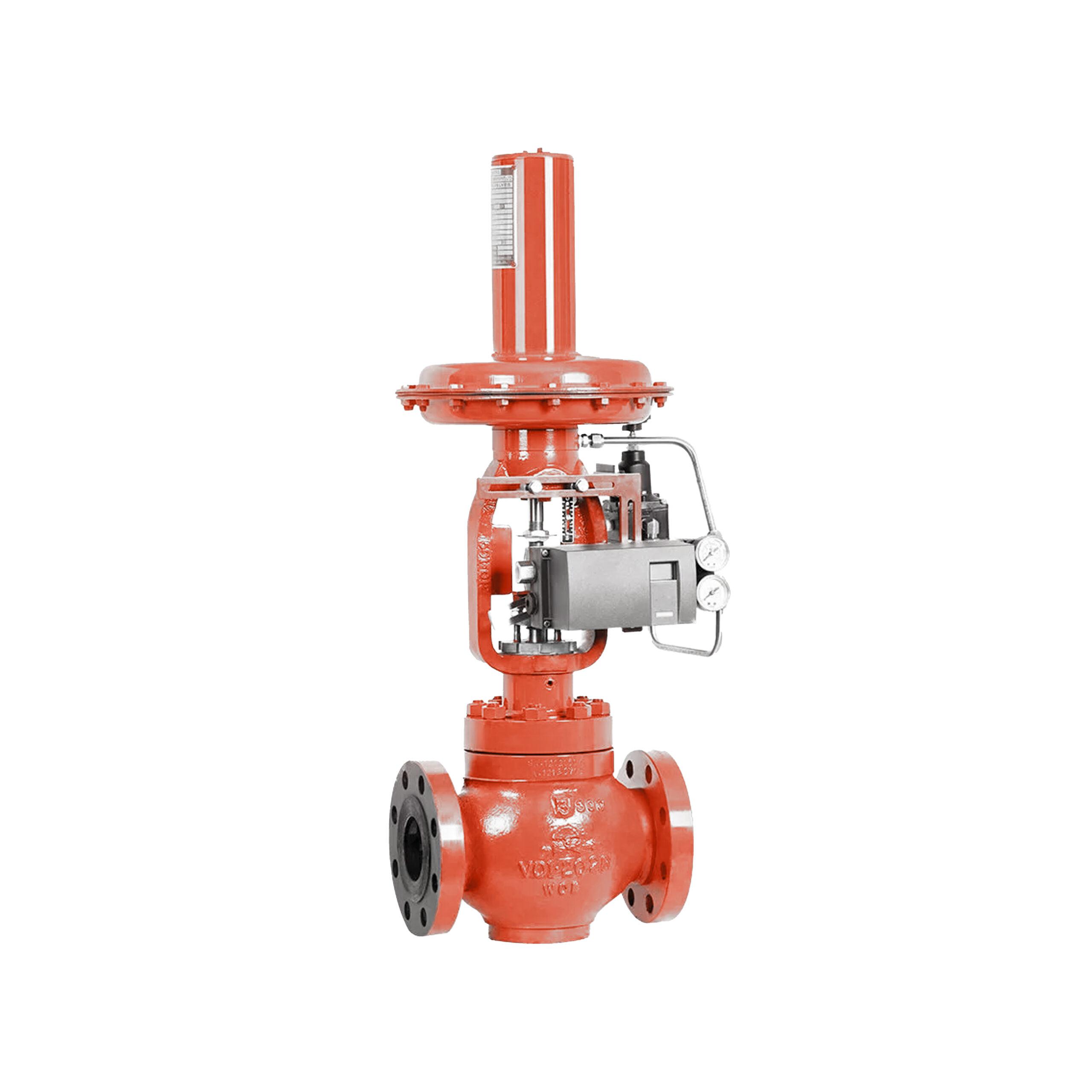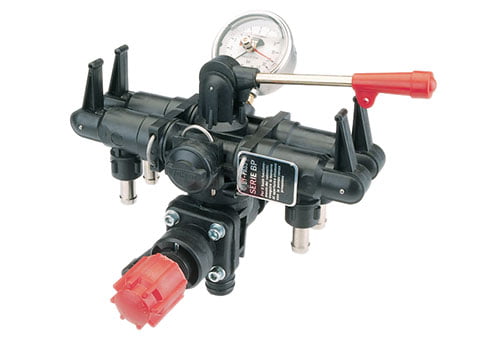
Maximize Energy Financial Savings and Comfort With Advanced Structure Automation Controls
In the realm of modern-day style and center administration, the assimilation of sophisticated building automation regulates stands as an essential innovation. The merging of modern technology and sustainability has actually birthed a brand-new age where power performance, convenience optimization, and functional streamlining are no much longer distant aspirations yet achievable realities. By using the power of automation, structures can adapt, react, and develop in manner ins which were when unbelievable. The potential for considerable power savings and enhanced convenience is not simply a promise but a possibility waiting to be met. This paradigm shift in building monitoring holds the vital to opening a world where environmental conscientiousness and owner wellness sympathetically exist together within the wall surfaces of our structures.
Energy Efficiency Perks
Energy efficiency benefits can dramatically decrease power consumption and operational costs in structures. By applying energy-efficient practices and technologies, structure proprietors and drivers can achieve considerable cost savings while likewise adding to environmental sustainability. One of the main advantages of improving power performance in structures is the decrease of energy costs. Energy-efficient systems, such as innovative structure automation controls, can maximize using sources like home heating, lights, and cooling, causing lower energy expenses over time.
In addition, boosted energy performance can extend the life expectancy of building tools and systems. By operating extra successfully, HVAC systems, lighting fixture, and various other building parts experience much less wear and tear, leading to reduced upkeep and replacement prices. In addition, energy-efficient buildings frequently regulate higher building values and rental prices, providing lasting monetary advantages to proprietors.
In addition, power effectiveness can boost resident convenience and efficiency. Correctly managed interior environments with optimum lights and thermal conditions develop a more positive and conducive workspace, causing enhanced worker satisfaction and performance. Overall, the energy effectiveness advantages connected with innovative building automation controls are complex, encompassing cost savings, environmental stewardship, and owner wellness.
Boosted Comfort Control
Enhancing comfort control in structure atmospheres calls for a sophisticated integration of sophisticated automation systems for optimal resident wellness. By making use of sophisticated building automation controls, centers can customize the indoor atmosphere to fulfill the specific needs and preferences of owners. These systems enable accurate regulation of temperature level, air flow, and illumination, creating a efficient and comfy ambience. Resident contentment and performance are closely connected to thermal convenience, making it crucial to have systems in position that can adjust to changing conditions in real-time.
By integrating these sophisticated controls, structures can not only boost comfort but also boost power performance by optimizing system operations based on real occupancy and use patterns. Inevitably, focusing on resident convenience via innovative automation systems leads to a more delightful and healthier indoor atmosphere.
Operational Efficiency Improvements

In addition, the application of real-time surveillance and analytics tools makes it possible for building operators to recognize energy inadequacies and operational anomalies quickly. By constantly keeping track of energy use patterns and system efficiency metrics, changes can be made in real-time to optimize power intake and make sure peak functional effectiveness. control valves. In addition, including demand action approaches into structure automation controls can even more boost functional effectiveness by dynamically adjusting power use based on grid problems and rates signals
Indoor Climate Optimization
Effective interior environment optimization is a basic facet of building automation controls, guaranteeing residents' comfort and wellness while making the most of power savings. By making use of sophisticated sensors and controls, constructing automation systems can constantly keep track of and adjust temperature level, moisture degrees, air quality, and air flow to create an ideal interior atmosphere. Maintaining consistent and comfy navigate to these guys conditions not just improves passenger contentment however also increases performance and general well-being.
Interior environment optimization additionally plays an important role in power performance. By fine-tuning heating, air flow, and air conditioning systems based on real-time data and tenancy patterns, developing automation controls can dramatically minimize energy consumption - control valves. Implementing approaches such as demand-controlled air flow and thermal zoning can aid decrease power waste while ensuring that each location of the building gets the essential conditioning.

Lasting Environment Production
Building automation manages not only enhance indoor climate problems for power performance and passenger comfort however also lay the structure for developing a sustainable atmosphere through tactical monitoring of systems and sources. By integrating sophisticated building automation innovations, such as sensing units, actuators, and smart software, centers can keep track of and change power use in real-time to reduce waste and reduce their carbon footprint. These systems allow anticipating maintenance, identifying potential problems before they intensify and maximizing equipment efficiency to improve longevity and efficiency.
Moreover, sustainable atmosphere creation expands beyond energy administration to encompass water conservation, waste reduction, and indoor air quality enhancement. Building automation controls can regulate water usage, discover leaks, and make sure correct garbage disposal practices, adding to total sustainability initiatives. Additionally, by managing and keeping an eye on air flow and filtering systems, these innovations improve resident health and productivity while lowering energy intake connected with HVAC procedures.
Conclusion
In conclusion, advanced structure automation manages offer significant benefits in terms of energy savings, comfort control, operational efficiency, interior climate optimization, and producing a sustainable atmosphere. By carrying out these controls, buildings can achieve optimal performance while reducing power usage and improving passenger comfort. It is obvious that using advanced automation modern technology is important in boosting building performance and developing a much more lasting future.
Energy efficiency benefits can substantially reduce power consumption and operational costs in buildings. Overall, the energy performance benefits linked with sophisticated structure automation controls are multifaceted, incorporating cost savings, ecological stewardship, and owner health.
Furthermore, incorporating need reaction strategies into building Clicking Here automation controls can better enhance functional effectiveness by dynamically adjusting energy usage based on grid problems and prices signals.
Building automation regulates not just maximize indoor climate conditions for energy efficiency and owner convenience however also lay the structure for developing a lasting atmosphere through strategic management of resources and systems.In verdict, advanced structure automation controls offer significant advantages in terms of power savings, More Help convenience control, functional effectiveness, indoor environment optimization, and creating a sustainable atmosphere.